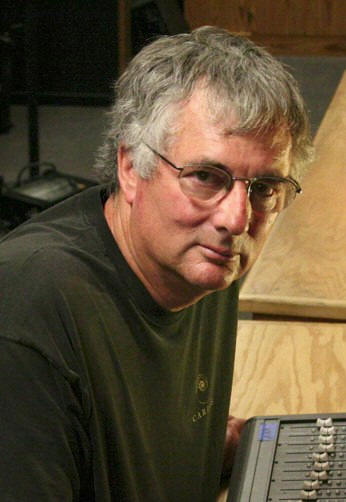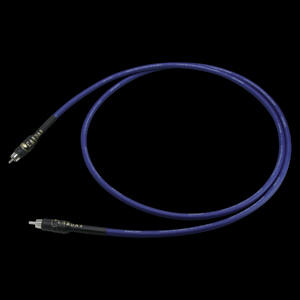|
You are reading the older HTML site Positive Feedback ISSUE 49may/june 2010
A brief interview with George Cardas about his
new patent on the "Matched Propagation Conductors" used in their
latest interconnect and speaker cables
Dave Clark: So what is this new patent?
George Cardas:
This patent resolves the key problem in transmission cables. I have attached
a short piece on cable and a copy of the patent itself.
The coils however
did not solve the problem; they simply stopped it from building upon itself,
over distances the degradation is
actually continuous—without some form of continuous adjustment the dynamic
range is continuously degraded in the cables. I have for many years known
that slowing the conductor made resolution much higher and the offensive
leading edge exaggeration less so for the listener.
In the case of
digital, the signal edge varies in proportion to the number of sequential
1's or 0's. In analog it it is dependent on frequency of the signal. In
either case the result is the same—the
time signature of the signal is smeared. GC: It was a continuous flow. I have know and been dealing with the problem since I was designing transmission lines for the telephone company years ago. The problem has been known for 100 years or more, but historically it has been compensated for rather than cured. That is, for 100 years we have dealt with the symptom rather than the problem itself. Sometimes the simplest solution is the hardest to find - the "system" has always been focused on symptoms and all the math for dealing with symptoms has been around for a century. I think Maxwell understood the math of the situation and corrections have been around for years, but you can't work the math backwards to the simple solution, only to the symptomatic cure. At the phone company you soon find that the math is flawed and at the end of the day the sum of all the variables is some distance from the mathematical predictions, so transmission lines in fact have to be individually tweaked in the field in order to function.
I was highly
skilled at both designing and tweaking transmission lines but the simple
solution of matching the conductor to the dielectric was found basically "by
ear", amazing as that sounds. I basically tweaked the conductor until I was
close and as I approached the match it became apparent that I was onto
something. In the process of defining the patent I became fully aware of the
math for the situation and
since that time my knowledge has grown
exponentially. The evolution of this conductor geometry, the conductor
itself and dielectrics themselves has taken cables to a new level. I owe a
debt of gratitude to my friend Bill Low for pushing me and himself in
contributing to many attributes of the amazing conductor. It was Bill’s
development of DBS that led me to the self biasing techniques used in many
of my conductors and his sensitivity to conductor issues that led to the
highly refined strand that we sell today. GC: Perfectly. The golden ratio eliminates the harmonics mechanical strand interaction and figures prominently in the constant "Q" found in all of our cables. The Golden Ratio constant "Q" combines to make a conductor that is very dynamically broad banded, has a state of the art dynamic signal to noise ratio and a measurable lower stored energy in the audio range. DC: What will this mean to the rest of the line of cables?
GC: Most existing lines will remain the same. There will be a more economical no frills/version of Clear cables as time goes. The initial version will have billet connectors and large complex conductors which will be complimented by smaller and less complex versions that are in production and planning stages now. Most of the existing lines will remain in production. The Clear conductors have no forgiveness; they are highest resolution and assume a reference quality system. The previous reference series cables will be slowly phased out. Vintage cables, such as Quadlink which have been in production since the mid 1980's, will remain in production they are very warm and forgiving cables and have stood the test of time in a broad range of systems. We have no reason to discontinue them.
|


